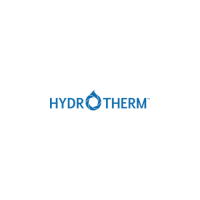
Do you have a question about the HydroTherm HeatNet KN-10 and is the answer not in the manual?
| Brand | HydroTherm |
|---|---|
| Model | HeatNet KN-10 |
| Category | Boiler |
| Language | English |
Overview of the third generation HeatNet control platform and its features.
Defines the function and sensor requirements for a master boiler.
Describes the operation and connectivity of member boilers in a system.
Lists features removed or changed from previous HeatNet versions.
Details new hardware capabilities introduced in version 3.x.
Summarizes the primary capabilities and flexibility of the control.
Explains how to configure and operate multi-boiler systems.
Details system configuration using priority sets for mixed boiler types.
Describes the logic for starting and stopping boilers in mixed systems.
Explains how to define conditions for starting and stopping boilers.
Factors to consider when choosing boilers for mixed systems.
Example of designing systems for high turndown and fault tolerance.
Example of mixing condensing and non-condensing boilers for cost control.
Details how to configure a base load boiler using relay control.
Configuration steps for enabling and controlling base loading.
Stand-alone modulating control using PID and Heat Demand input.
Boiler operation using two-stage (T1/T2) inputs.
Boiler control using 4-20mA or 0-10VDC remote signals.
Boiler ON/OFF control at 100% modulation via AA terminal.
Boiler control via RS485 digital communications (MODBUS).
Setting limits to prevent short cycling and protect boiler components.
Defines the order of precedence for different control inputs.
Detailed explanation of using the Heat Demand input for control.
How to use T1 and T2 inputs for two-stage boiler operation.
Using 4-20mA signals for remote modulation control.
Utilizing the AA input for high-fire control.
Controlling boilers via MODBUS protocol using digital commands.
Details on utilizing the optional 4-20mA input for control.
Configuration options for system and local circulator pumps.
Setup for additional functions like combustion air dampers.
How outdoor temperature affects setpoint and system shutdown.
Options for password protection of control and setup features.
Procedure for backing up and restoring control settings.
Using USB for firmware updates and desktop connectivity.
Features and settings to protect the blower motor and prevent downtime.
Capabilities for communicating with building management systems.
Modes to ensure system operation during communication or BMS failures.
Methods for limiting boilers based on system flow.
Web-based system for fault notification, monitoring, and tuning.
Controls DHW heating using a DHW Master and member boilers via H-Net.
Master boiler simultaneously manages DHW and space heating with dual PID.
Controls tank temperature for extended periods with minimal cycling.
Uses a tank thermostat to override space heating setpoint for DHW.
Provides DHW heating priority for individual boilers based on tank temperature.
Direct modulation of a boiler using a 4-20mA signal for DHW.
Status flags related to DHW, sensors, and limits.
Troubleshooting steps for a completely unresponsive boiler.
Diagnosing and resolving combustion air damper error messages.
Troubleshooting intermittent H-Net communication issues.
Diagnosing low fire conditions with no visible flame.
Resolving issues with BMS setpoints reverting to default values.
Navigating and understanding the main operational display screen.
Detailed descriptions of various fault messages and interlocks.
Explains system messages displayed on the fourth line of the log.

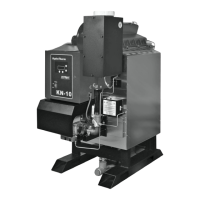




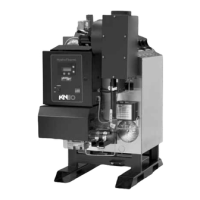

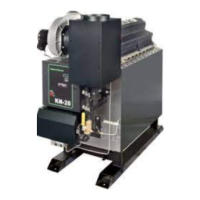


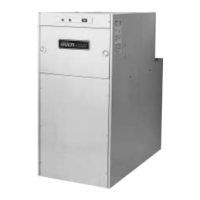
